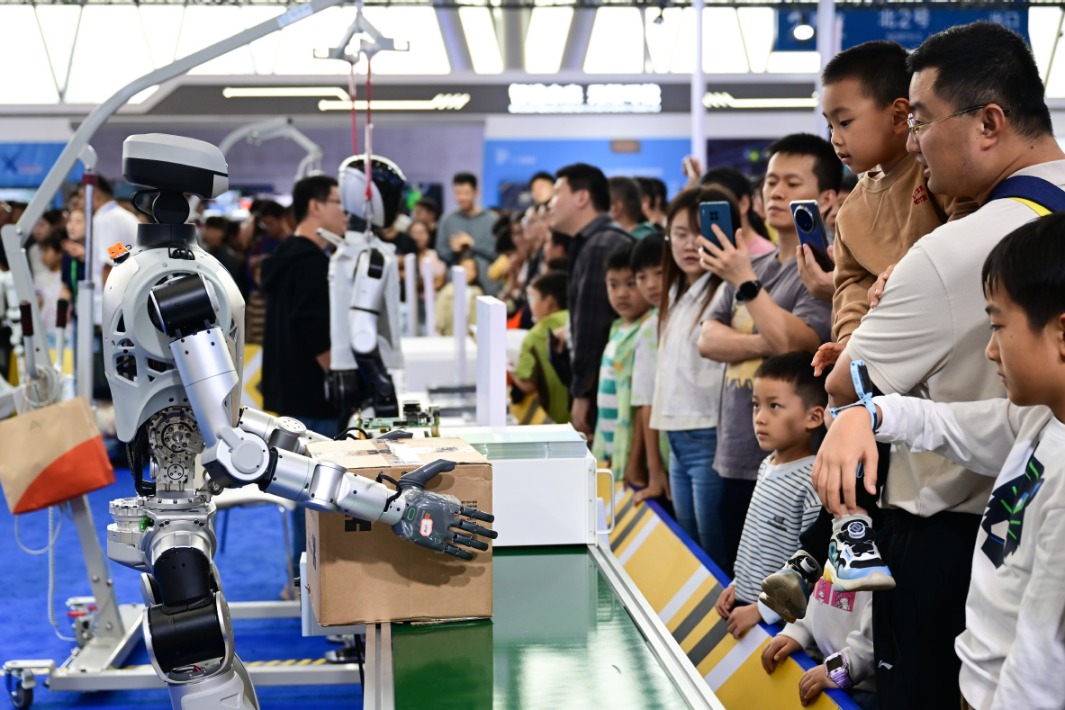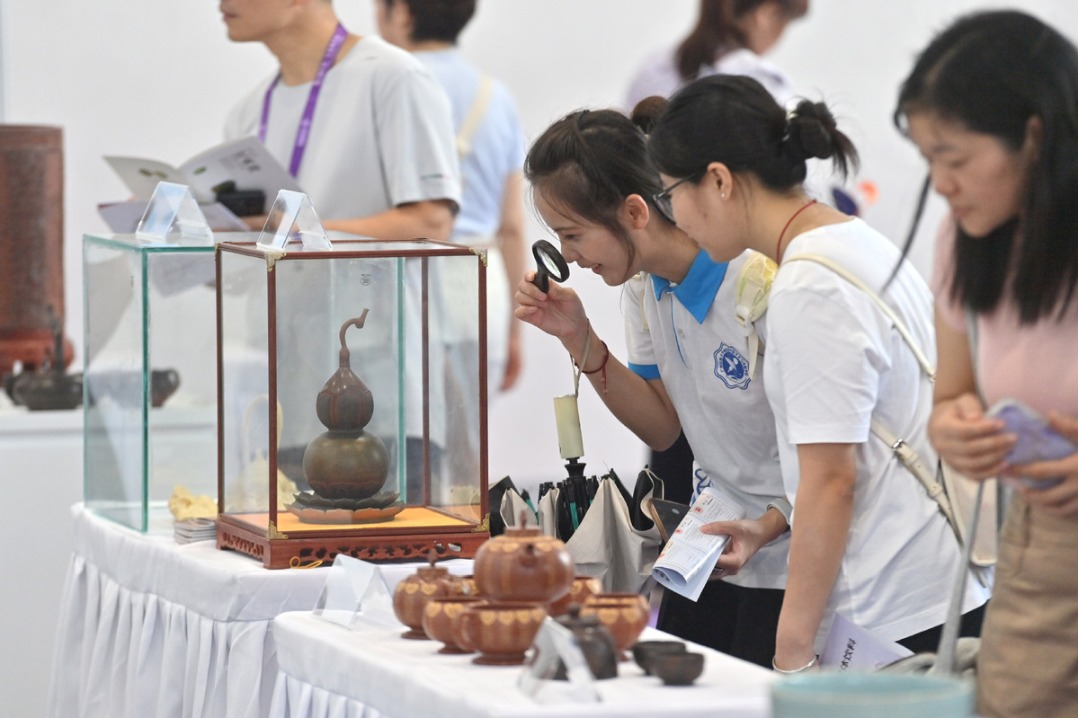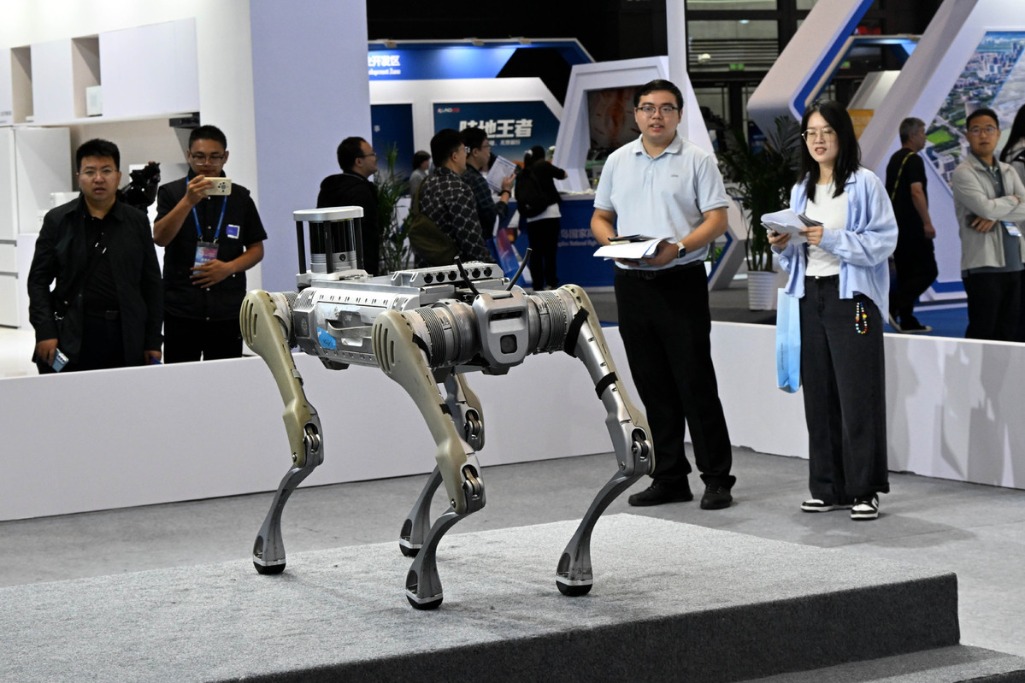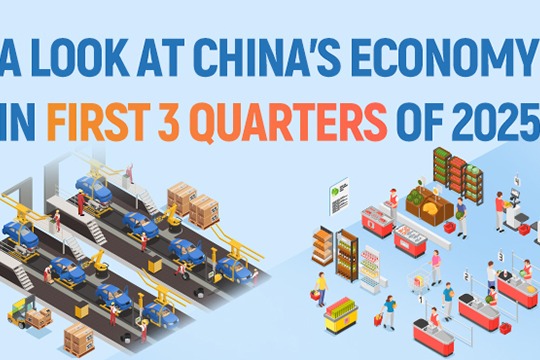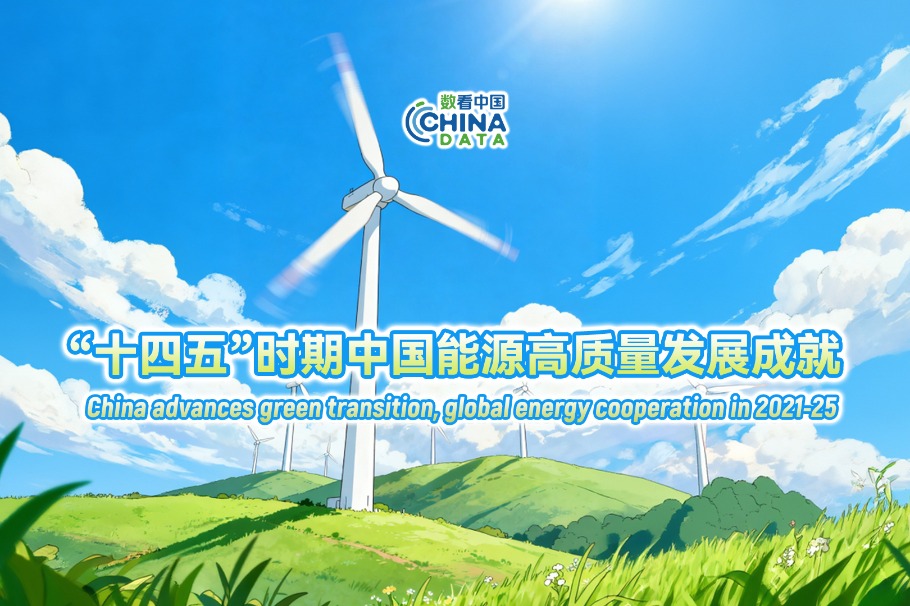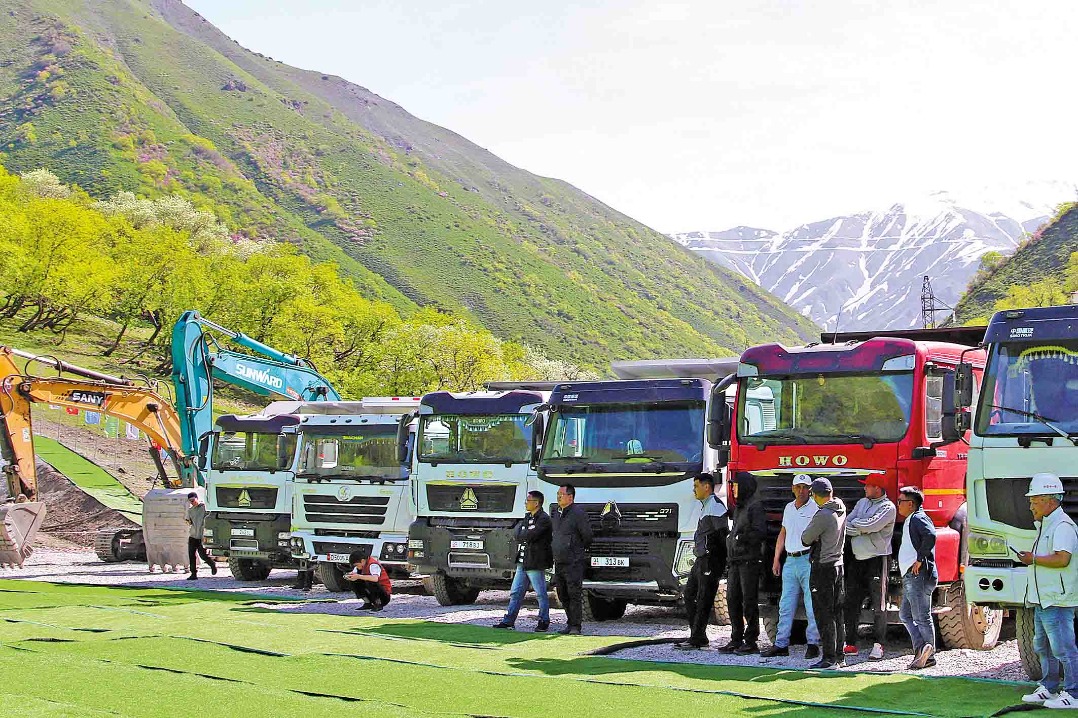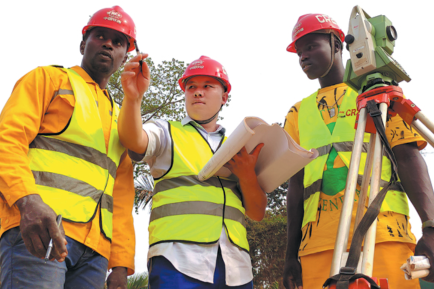Nation strengthens global mining collaboration

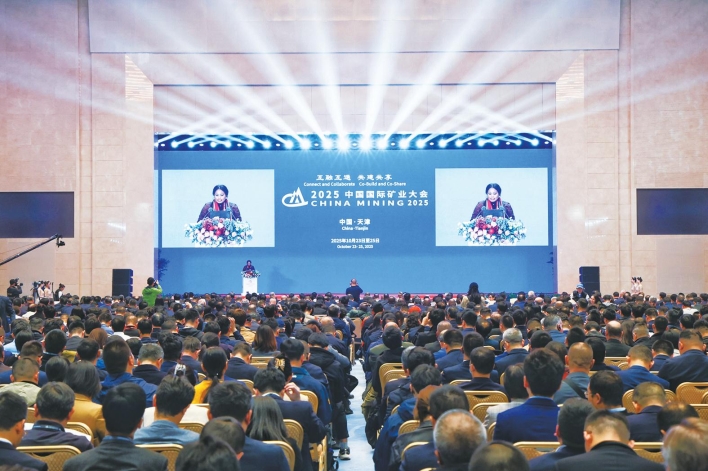
The 2025 China Mining Conference and Exhibition in Tianjin this week has cemented China's role as a pivotal hub for global mining collaboration, with delegates from across Africa and beyond detailing a partnership model that transcends financial investment.
Winston Chitando, minister of Mines and Mining Development of the Republic of Zimbabwe, said there is significant cooperation between China and Zimbabwe in the energy sector.
"This is a powerful testament to the robust partnership between our two countries. Chinese company Huayou Cobalt has established a large spodumene plant in Zimbabwe, creating over 2,000 new jobs," he said.
Madam Henrietta B. Rushwaya, a delegate from the Zimbabwe Miners Federation, said: "Zimbabwe has 65 minerals that need to be exploited, and we can only exploit those minerals through exploration. Therefore, we are looking at Chinese companies that have modern equipment that can be used to explore these new minerals."
She added that they are also exploring partnerships with Chinese companies to manufacture batteries in Zimbabwe. This initiative comes in response to the growing interest in Zimbabwe for electric vehicles, which rely on lithium-processed batteries, as an alternative to gasoline-powered vehicles.
When mentioning the cooperation between China and countries like the Democratic Republic of the Congo, Che Changbo, secretary-general of the China Mining Association, said: "Currently, the global mining landscape and supply-demand dynamics are undergoing profound restructuring. Against the backdrop of the implementation of China's Belt and Road Initiative, the Democratic Republic of the Congo, with its rich resource endowment and ambitious development plans, has achieved deep integration and joint development with outgoing Chinese mining companies."
Zhao Bin, Chinese ambassador to the Democratic Republic of the Congo, said that there are currently over 40 Chinese mining companies operating in DR Congo, with cumulative investments exceeding $25 billion. Last year, the copper production of Chinese enterprises in DR Congo reached 2.5 million metric tons, and cobalt production 170,000 tons, with their equity production capacity accounting for more than three-quarters of DR Congo's national capacity.
"The mining cooperation between China and DR Congo has not only enhanced DR Congo's mining capacity and boosted tax revenue, but also played an important role in infrastructure construction, industrialization, and improving the livelihood of the local population," he said.
"Meanwhile, the import of key raw materials like copper and cobalt from DR Congo has provided strong support for China's new energy industry chain," Zhao added.
Wu Meng in Tianjin contributed to this story.


















